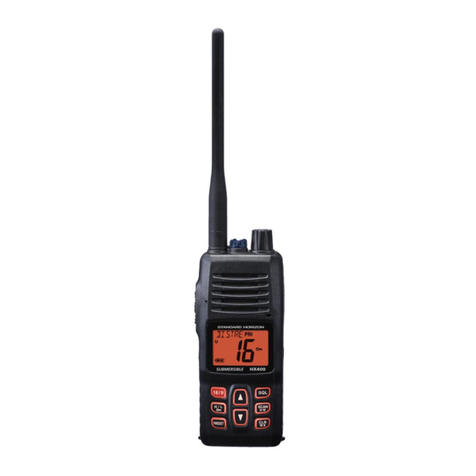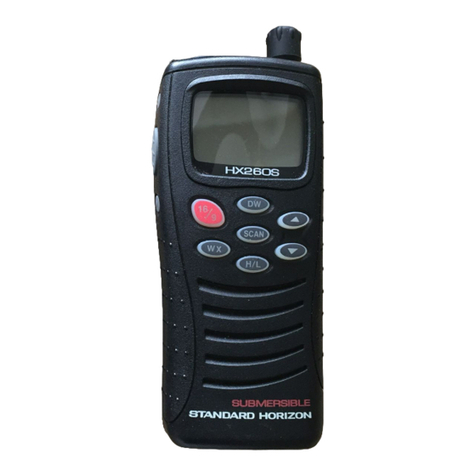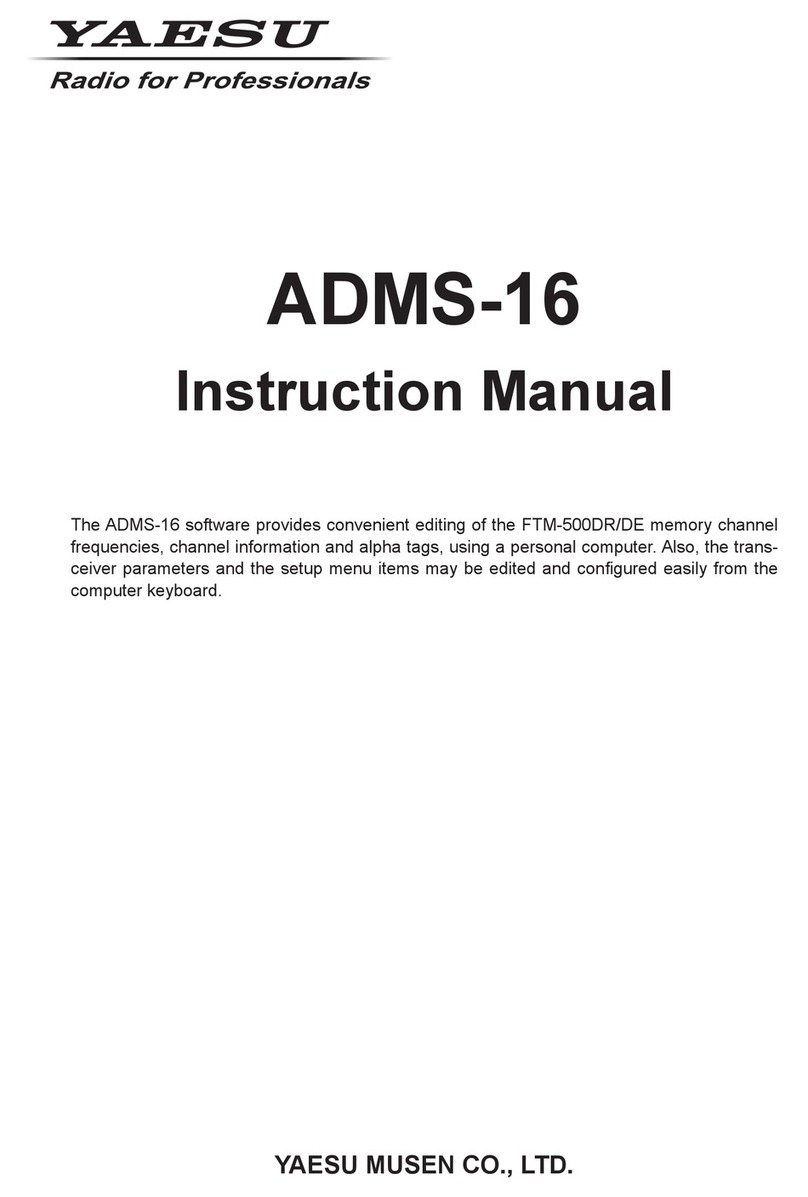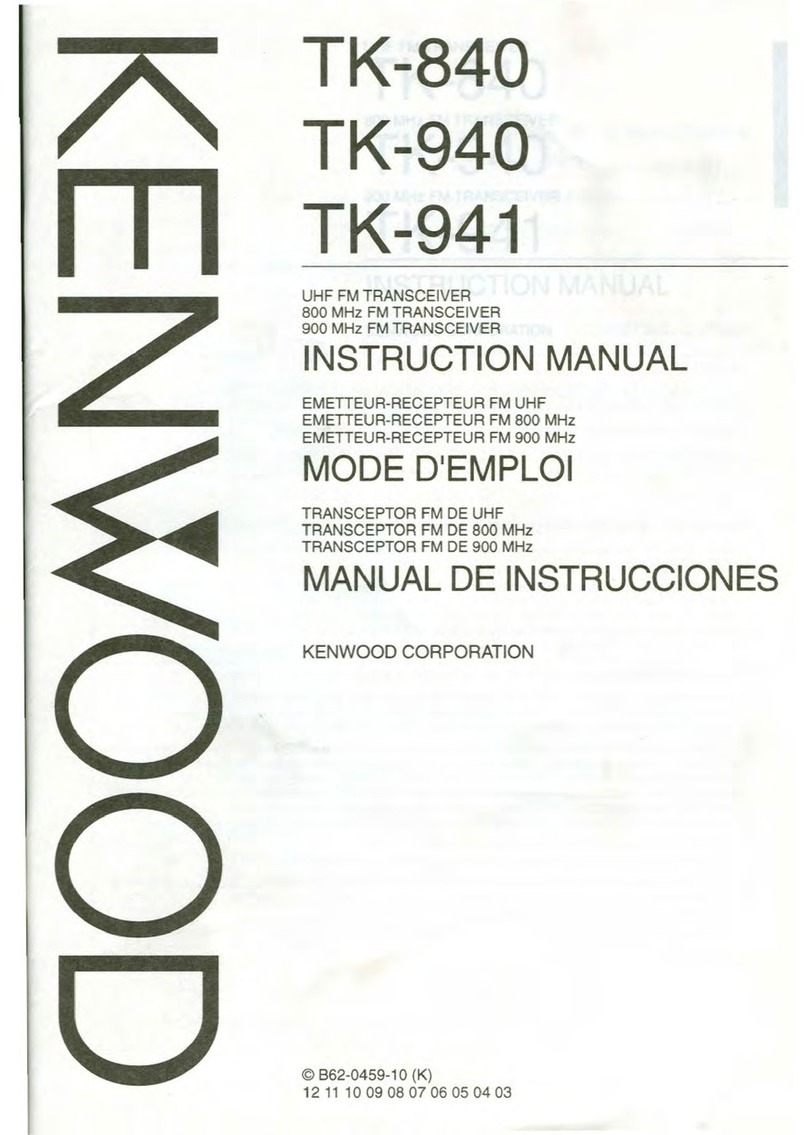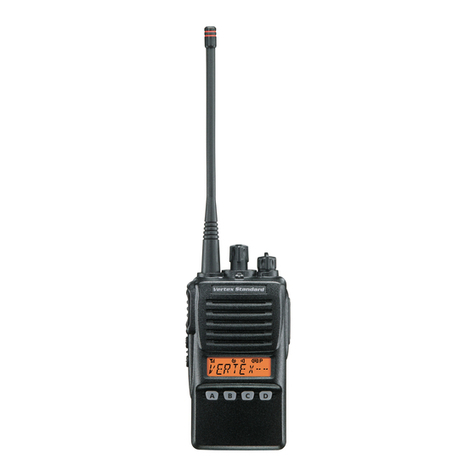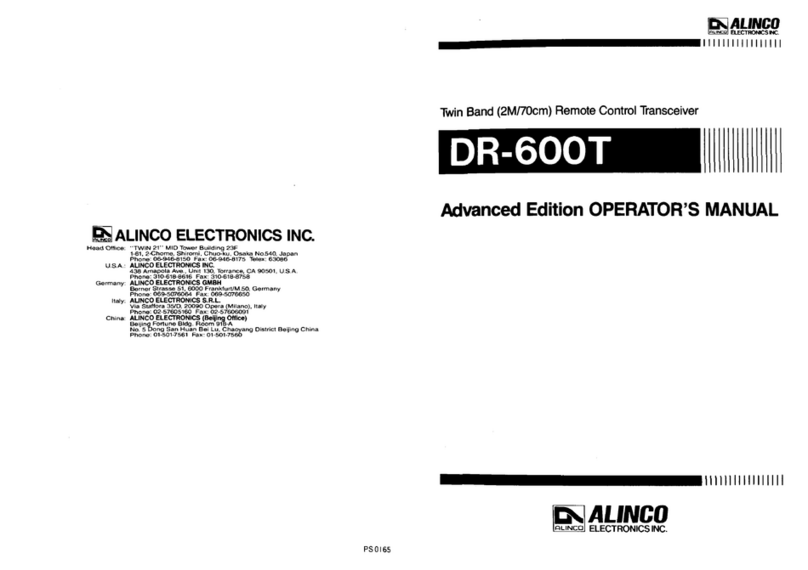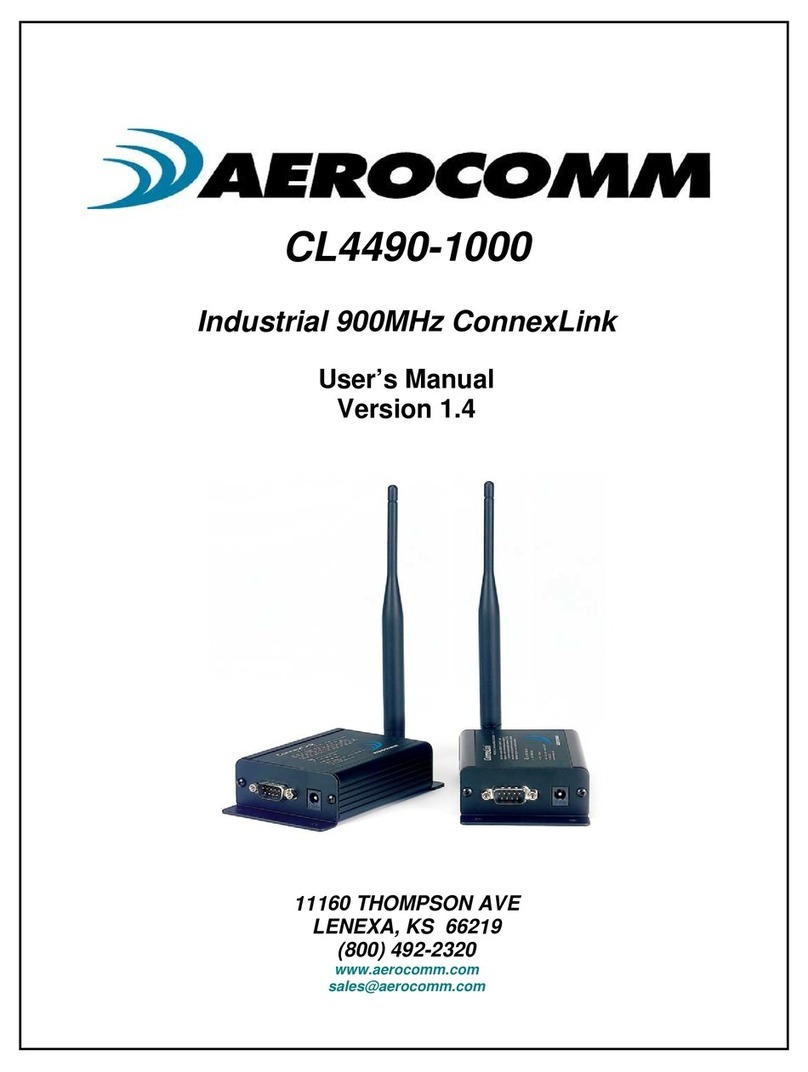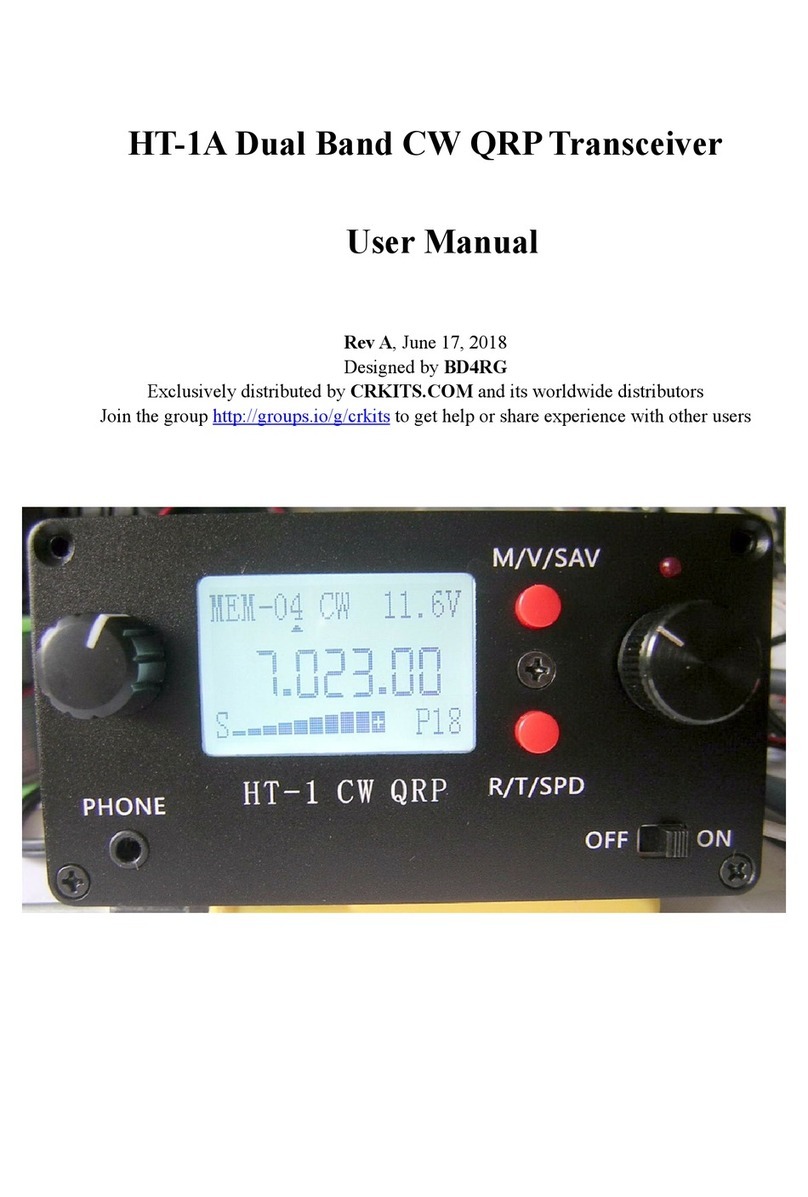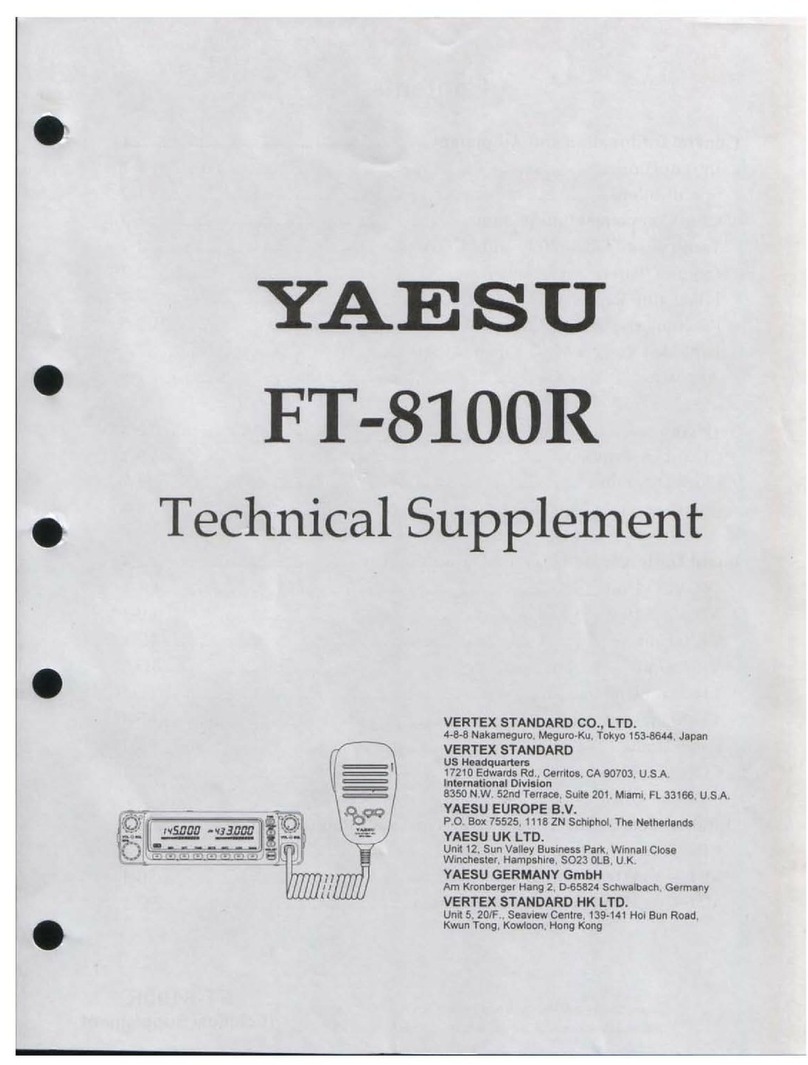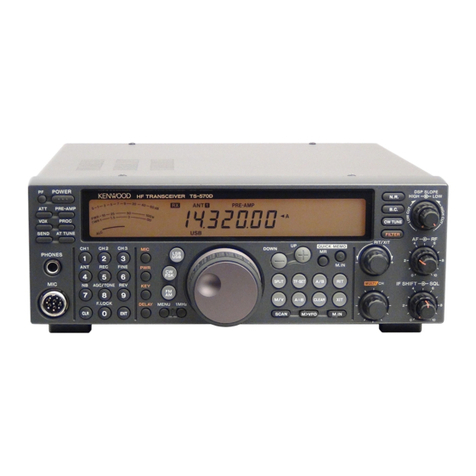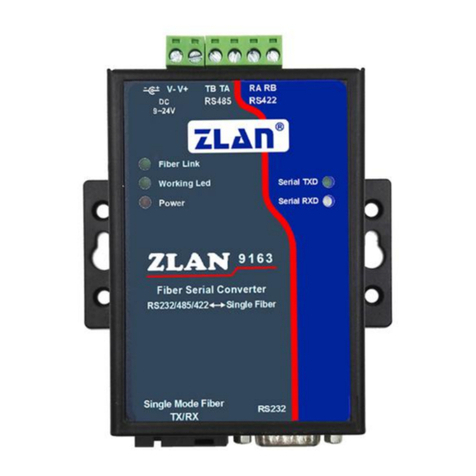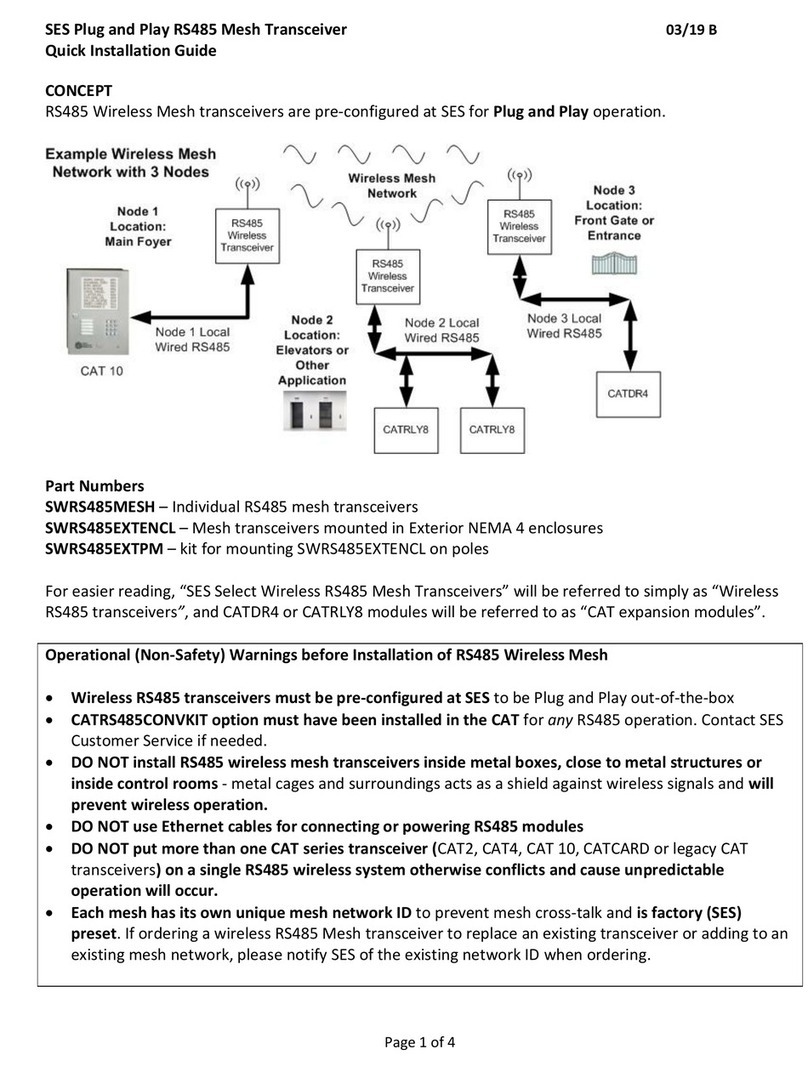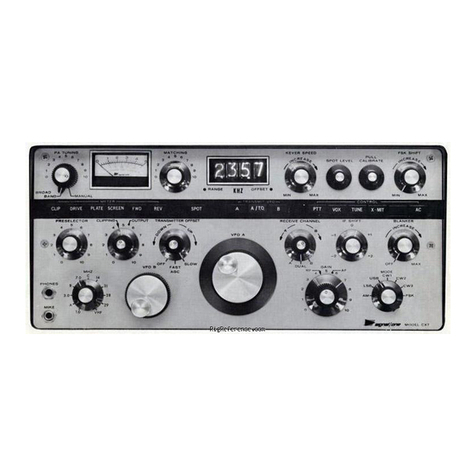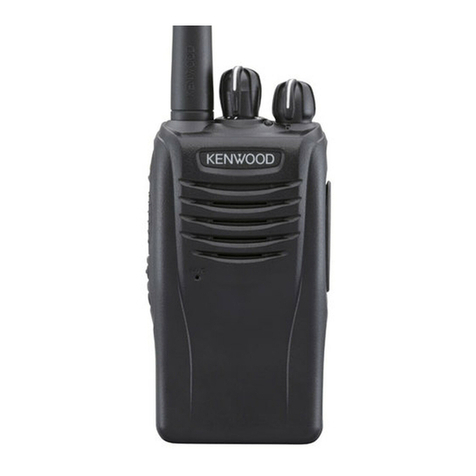STARVILLE WLS-DMX User manual

WLS-DMX
transceiver
user manual

Musikhaus Thomann
Thomann GmbH
Hans-Thomann-Straße 1
96138 Burgebrach
Germany
Telephone: +49 (0) 9546 9223-0
E-mail: [email protected]
Internet: www.thomann.de
20.08.2015, ID: 366876

Table of contents
1 General notes............................................................................................................................................... 4
1.1 Further information........................................................................................................................... 5
1.2 Notational conventions.................................................................................................................... 6
1.3 Symbols and signal words............................................................................................................... 7
2 Safety instructions..................................................................................................................................... 9
3 Features....................................................................................................................................................... 13
4 Installation.................................................................................................................................................. 14
5 Starting up.................................................................................................................................................. 15
6 Connections and controls................................................................................................................... 19
7 Operating.................................................................................................................................................... 25
8 Technical specifications....................................................................................................................... 30
9 Plug and connection assignments.................................................................................................. 31
10 Troubleshooting...................................................................................................................................... 32
11 Protecting the environment.............................................................................................................. 35
Table of contents
WLS-DMX
3

1 General notes
This manual contains important instructions for the safe operation of the unit. Read and follow
the safety instructions and all other instructions. Keep the manual for future reference. Make
sure that it is available to all those using the device. If you sell the unit please make sure that
the buyer also receives this manual.
Our products are subject to a process of continuous development. Thus, they are subject to
change.
General notes
transceiver
4

1.1 Further information
On our website (www.thomann.de) you will find lots of further information and details on the
following points:
Download This manual is also available as PDF file for you to download.
Keyword search Use the search function in the electronic version to find the topics of
interest for you quickly.
Online guides Our online guides provide detailed information on technical basics
and terms.
Personal consultation For personal consultation please contact our technical hotline.
Service If you have any problems with the device the
customer service will gladly assist you.
General notes
WLS-DMX
5

1.2 Notational conventions
This manual uses the following notational conventions:
The letterings for connectors and controls are marked by square brackets and italics.
Examples: [VOLUME] control, [Mono] button.
Texts and values displayed on the device are marked by quotation marks and italics.
Examples: ‘24ch’, ‘OFF’.
Letterings
Displays
General notes
transceiver
6

The individual steps of an instruction are numbered consecutively. The result of a step is
indented and highlighted by an arrow.
Example:
1. Switch on the device.
2. Press [Auto].
ðAutomatic operation is started.
3. Switch off the device.
1.3 Symbols and signal words
In this section you will find an overview of the meaning of symbols and signal words that are
used in this manual.
Instructions
General notes
WLS-DMX
7

Signal word Meaning
DANGER! This combination of symbol and signal word indicates an
immediate dangerous situation that will result in death or
serious injury if it is not avoided.
NOTICE! This combination of symbol and signal word indicates a pos‐
sible dangerous situation that can result in material and
environmental damage if it is not avoided.
Warning signs Type of danger
Warning – high-voltage.
Warning – danger zone.
General notes
transceiver
8

2 Safety instructions
This device is intended for the wireless transmission of DMX signals in lighting systems. Use
the device only as described in this user manual. Any other use or use under other operating
conditions is considered to be improper and may result in personal injury or property damage.
No liability will be assumed for damages resulting from improper use.
This device may be used only by persons with sufficient physical, sensorial, and intellectual
abilities and having corresponding knowledge and experience. Other persons may use this
device only if they are supervised or instructed by a person who is responsible for their safety.
DANGER!
Danger for children
Ensure that plastic bags, packaging, etc. are disposed of properly and are not
within reach of babies and young children. Choking hazard!
Ensure that children do not detach any small parts (e.g. knobs or the like) from
the unit. They could swallow the pieces and choke!
Never let children unattended use electrical devices.
Intended use
Safety
Safety instructions
WLS-DMX
9

DANGER!
Electric shock caused by high voltages inside
Within the device there are areas where high voltages may be present. Never
remove any covers.
There are no user-serviceable parts inside.
Do not use the device if covers, protectors or optical components are missing or
damaged.
DANGER!
Electric shock caused by short-circuit
Always use proper ready-made insulated mains cabling (power cord) with a pro‐
tective contact plug. Do not modify the mains cable or the plug. Failure to do so
could result in electric shock/death or fire. If in doubt, seek advice from a regis‐
tered electrician.
Safety instructions
transceiver
10

NOTICE!
Risk of fire
Do not cover the device nor any ventilation slots. Do not place the device near
any direct heat source. Keep the device away from naked flames.
NOTICE!
Operating conditions
This device has been designed for indoor use only. To prevent damage, never
expose the device to any liquid or moisture. Avoid direct sunlight, heavy dirt, and
strong vibrations.
Safety instructions
WLS-DMX
11

NOTICE!
Power supply
Before connecting the device, ensure that the input voltage (AC outlet) matches
the voltage rating of the device and that the AC outlet is protected by a residual
current circuit breaker. Failure to do so could result in damage to the device and
possibly injure the user.
Unplug the device before electrical storms occur and when it is unused for long
periods of time to reduce the risk of electric shock or fire.
NOTICE!
Possible staining
The plasticiser contained in the rubber feet of this product may possibly react
with the coating of your parquet, linoleum, laminate or PVC floor and after some
time cause permanent dark stains.
In case of doubt, do not put the rubber feet directly on the floor, but use felt-pad
floor protectors or a carpet.
Safety instructions
transceiver
12

3 Features
Special features of the device:
nSwitchable operating mode: Transmitter or receiver
nWireless signal transmission in frequency range 2.4 GHz (ISM band) without interference
nToll-free operation in the EU and NAFTA countries, no permit required
nOperation via button on the unit
nThree LEDs for monitoring the operating status
nLockable powerCON input socket (NAC3FA) for mains connection.
nMounting bracket and powerCON mains cable supplied
Features
WLS-DMX
13

4 Installation
Unpack and carefully check that there is no transportation damage before using the unit. Keep
the equipment packaging. To fully protect the device against vibration, dust and moisture
during transportation or storage use the original packaging or your own packaging material
suitable for transport or storage, respectively.
NOTICE!
Possible data transmission errors
For error-free operation make use of dedicated DMX cables and do not use ordi‐
nary microphone cables.
Never connect the DMX input or output to audio devices such as mixers or ampli‐
fiers.
Installation
transceiver
14

5 Starting up
Create all connections while the device is off. Use the shortest possible high-quality cables for
all connections. Take care when running the cables to prevent tripping hazards.
Starting up
WLS-DMX
15

Connect a device configured as transmitter to the DMX output of your DMX controller and a
device configured as receiver to the DMX input of the first DMX device in the DMX chain that is
to be controlled. In this point-to-point configuration the DMX signal from one transmitter is
sent to one receiver.
Point-to-point connection
Starting up
transceiver
16

Connect a device configured as transmitter to the DMX output of your DMX controller and a
device configured as receiver to the DMX input of the first respective DMX device in the DMX
chains that are to be controlled. In this point-to-multipoint configuration the DMX signal from
one transmitter is sent to several receivers. Transmitter and all receivers must be set to the
same frequency range.
Point-to-multipoint connection
Starting up
WLS-DMX
17

Connect the output of the first DMX device to the input of the second one and so on, to form a
series connection. Make sure that the output of the last DMX device in the chain is terminated
by a resistor (110 Ω, ¼W).
DMX chain
Starting up
transceiver
18

6 Connections and controls
Front panel
Connections and controls
WLS-DMX
19

1 Antenna.
2[POWER]
Control LED for the power supply. Lights when the device is connected to the power supply.
Connections and controls
transceiver
20
Table of contents
